Sunday Read No. 7: Student loan forgiveness, China's Real Estate collapse, and Mexico City's houses
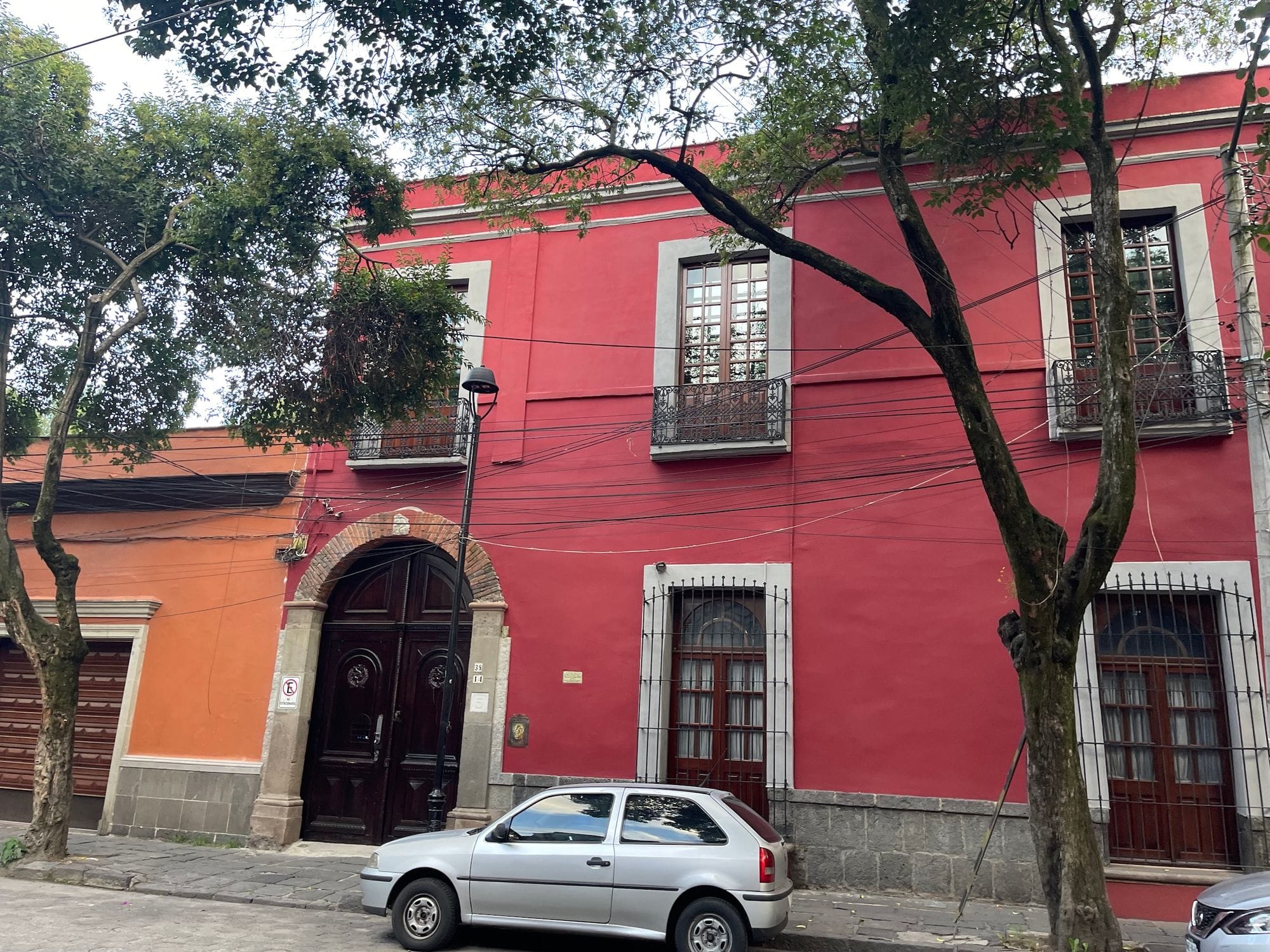
Today's Sunday Read covers a few different topics: Student Loan Forgiveness, China's Real Estate collapse, and a collection of my favorite houses from Mexico City.
Quick Note
For the last week and a half, I've been in Mexico City (Cuidad de Mexico aka CDMX), taking some time off and working remotely. As a result, you haven't seen any Sunday Reads from me lately. I'm back in San Francisco now if you want to meet up.
📚 Student loan forgiveness
As many of you know, President Joe Biden instructed the federal government to forgive a portion of student loans. The amount ranges from $10,000 to $20,000 if you've received pell grants (read more).
The loan forgiveness is only valid for those who make under $125,000 a year. While I won't be able to benefit from this policy anymore, I'm ecstatic that many will like my friend Anthony below!
Being a postdoc with an oppressively low salary at the time of student debt cancellation is a big W 😌 My $54k salary is feeling like $74k. If I was getting paid like a real psychologist, I may have maxed out of eligibility 😟
— Dr. Anthony Osuna (@PAVDAD) August 27, 2022
🤝 Claiming student loan relief
Nearly 8 million borrowers may be eligible to receive relief automatically because relevant income data is already available to the U.S. Department of Education.
If you don't have your income on file, a formal application will be available by early October to file formally.
Learn More: https://studentaid.gov/debt-relief-announcement/
⚖️ Policy decisions and tradeoffs
As I've grown older, I've noticed a desire in society to create the perfect policy. In theory, achieving a perfect policy can sound great, but it can slow down deploying resources, reaching a decision, and less being done in a time period. I've seen this in housing development, climate change, congressional and state bills, and organizations.
For every policy decision, there is a tradeoff. Some people will benefit, and some won't.
Student loan forgiveness is a great example because there are clear tradeoffs. Those that didn't go to college or make more than $125,000 per year won't benefit from this policy. While I support the student loan forgiveness policy, the merits (e.g. is this a good idea or not?) are outside the scope of this post.
The question to ask is whether a policy's benefits worth the tradeoffs? Framing policy questions in this perspective provides a better framework to make decisions and ultimately produce better outcomes.
🏠 📉China's likelihood of a Real Estate collapse increases

For the many who haven't been following, there is a likelihood of a 2008-2009 style Real Estate crash in China. Whether it becomes a major recessions or a period of stagflation is yet to be determined.
China has reached a point of no return in its battle to contain what could be the biggest property crash the world has ever seen, experts believe, creating a perilous moment for the country’s Communist leadership and the global economy. - The Guardian
Here's what's happened
- The Chinese housing market has driven growth for the past two decades and now represents the biggest asset class in the world, with a notional value of between $55tn (£47tn) and $60tn, which is bigger than the total capitalisation of the US stock market. (The Guardian)
- To put it in perspective, real estate drives nearly one-third of China’s economic activity, and housing accounts for about 70% of household wealth. Nearly 30% of all bank loans are property-related. (Mint)
- Now developers are going bust after being deprived of easy credit, prices are falling, homeowners are refusing to pay mortgages on unfinished homes and the slump in properties being sold and construction is crippling local governments that rely on land sales for income. (The Guardian)
Here's why it matters
- The US and China have interlinked economies. If China does have a major recession, there could be implications for the United States.
Good news
- When it comes to global implications, it’s worth remembering China’s “closed” capital account policy restricts movement of money in and out of the country. This largely isolates China’s financial market from the international market. (The Conversation)
🏠 ☀️ Mexico City's Houses
Over the last week and a half, I've been enjoying the architecture of Mexico City. It combines old and modern, wood and steel, and warmth and strength. Here are a few of my favorite houses.
Coayacán, Mexico City
We stayed in Coayacán for the majority of our stay in Mexico City. Coayacán is one of the oldest neighborhoods in Mexico City. This area is filled with narrow cobblestone streets and small plazas laid out during the colonial period.
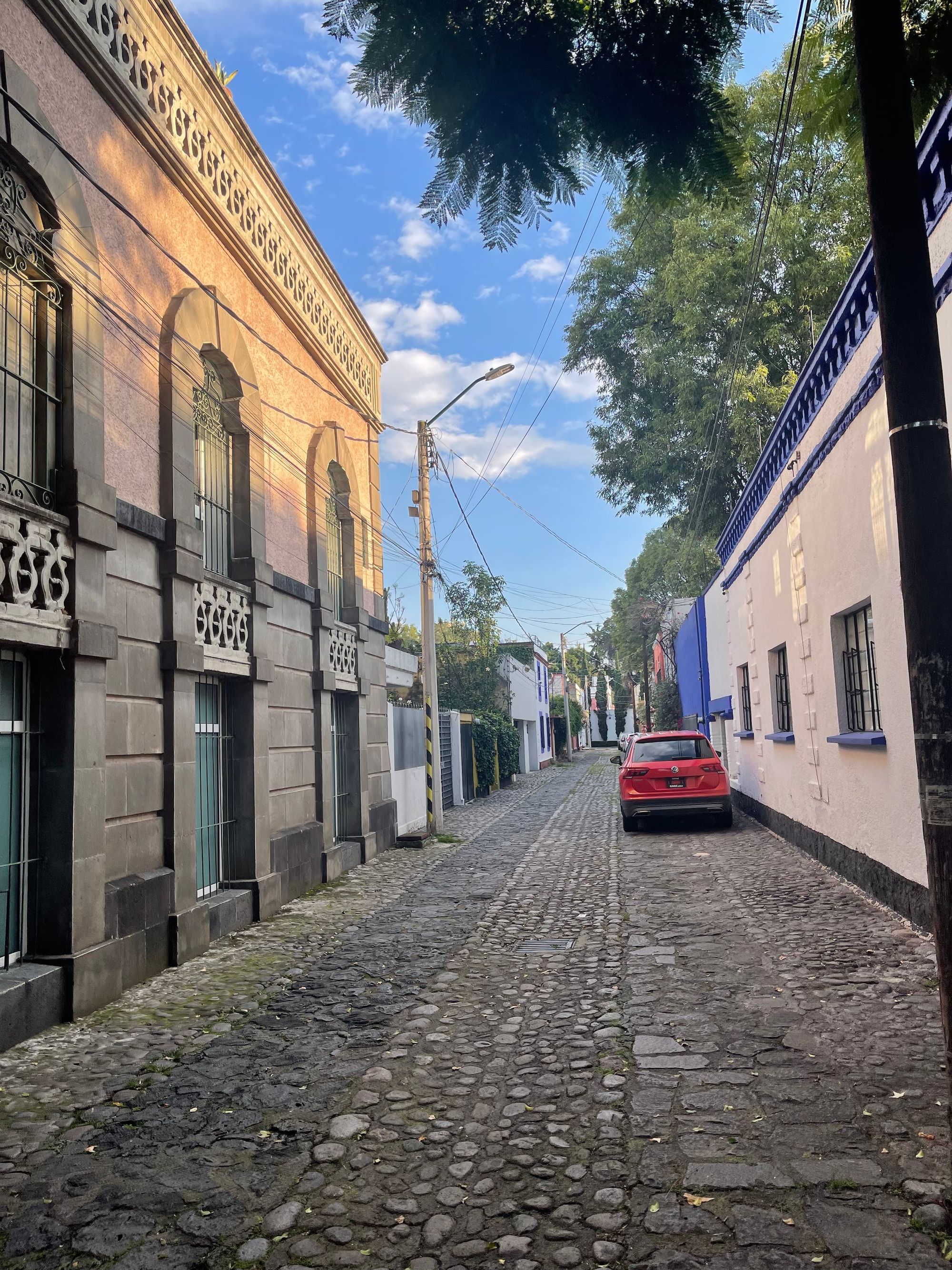
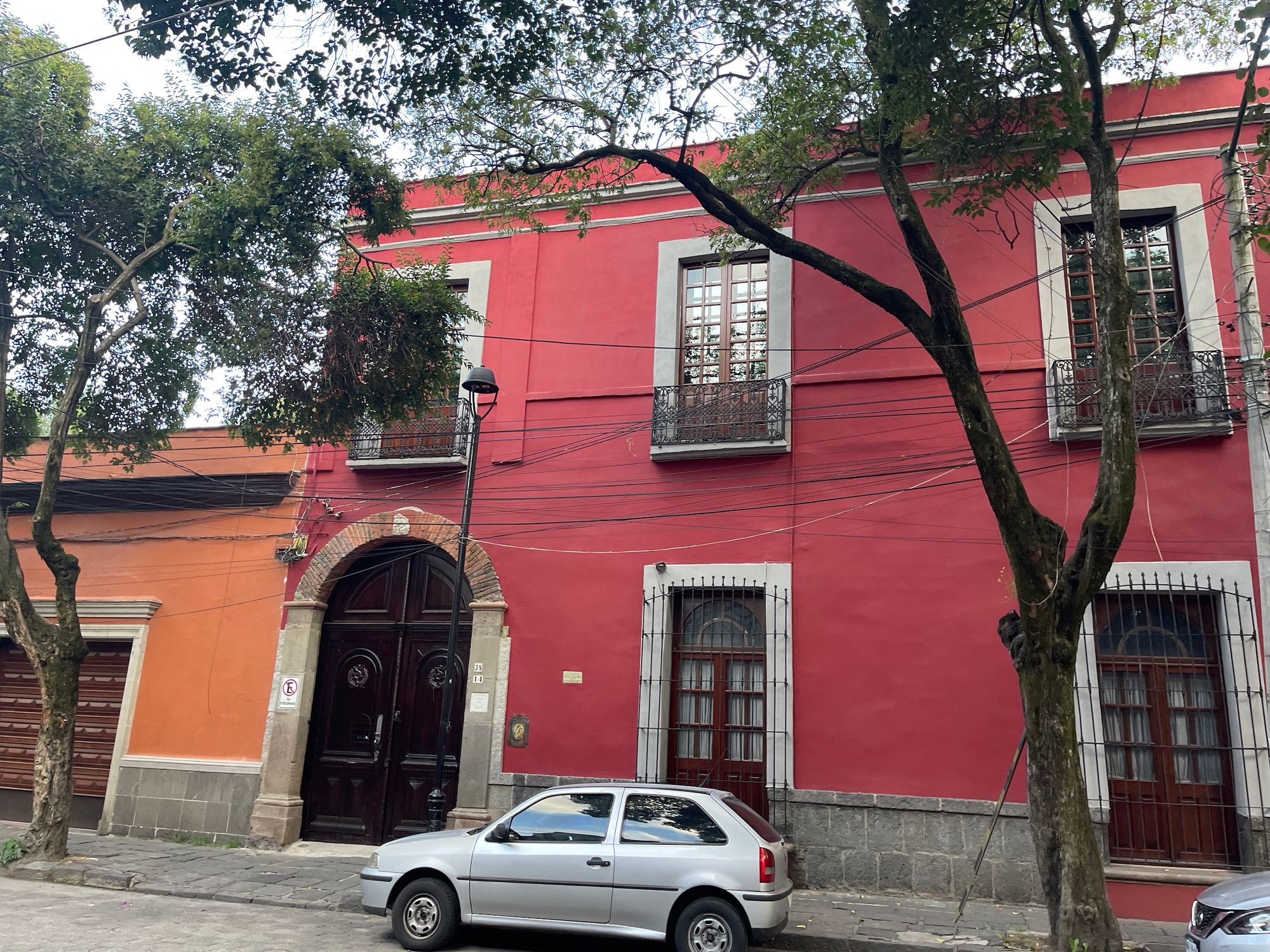
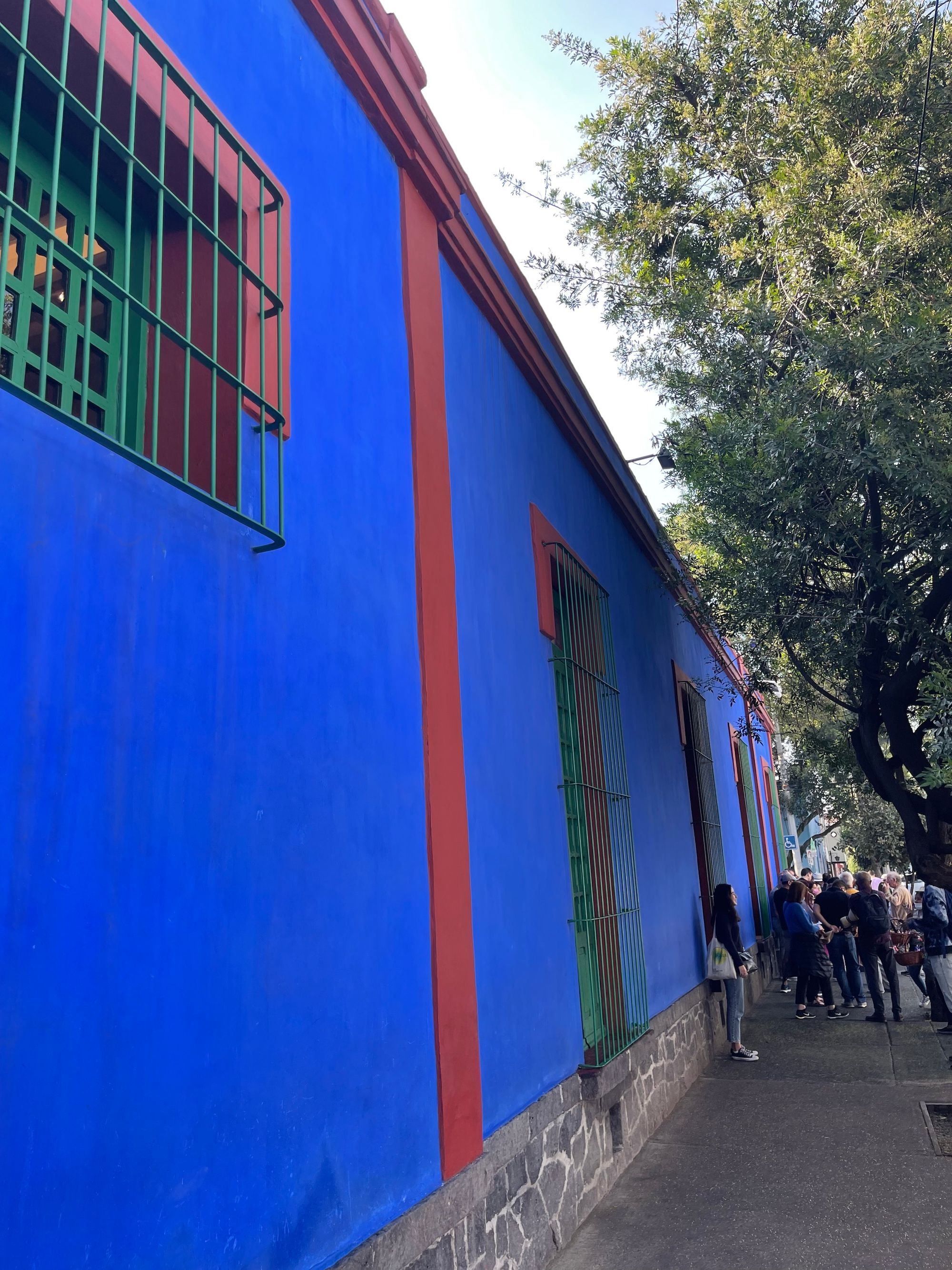
Casa Pedregal, Mexico City
Vero and I visited Casa Pedregal, one of the houses built by the famous architect and builder Luis Barragán. Luis Barragán is regarded as the most prominent figure in modern Mexican architecture.
Casa Pedregal was amazing and deserves its unique post. Stay tuned!
For now, check out some of the photos below.
visited casa pedregal today in cdmx! this house is so modern and fully integrated into nature pic.twitter.com/djGkKCuexW
— Oscar Barillas 🇬🇹🇺🇸 (@oscarbarillas_) August 20, 2022
Read More: https://www.elledecor.com/it/best-of/a28707855/casa-pedregal-luis-barragan-mexico-city/
Casa Luis Barragán, Mexico City
After visiting Casa Pedregal, we traveled to Luis Barragán's home, where he lived until he passed away in 1988.
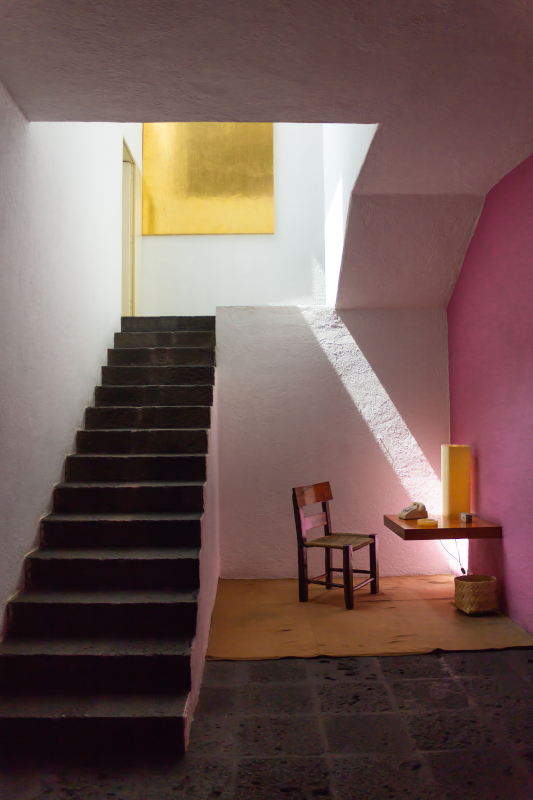
Casa Luis Barragán, built in 1948, represents one of the most internationally transcendent works of contemporary architecture, as acknowledged by the UNESCO when included in their 2004 World Heritage list. It is the only individual property in Latin America to have achieved such a distinct honor, being — as stated by the UNESCO itself — a master piece in the development of the modern movement that merges traditional and vernacular elements, as well as diverse philosophical and artistic currents throughout time, into a new synthesis. Luis Barragán’s influence in global architecture is still in constant growth; and his house, faithfully kept just the way it was when inhabited by its author until his death in 1988, is one of the most visited sites in Mexico City by architects and art connoisseurs from around the world. - casaluisbarragan.org
Below you'll find some of my favorite photos I took of Casa Luis Barragán.
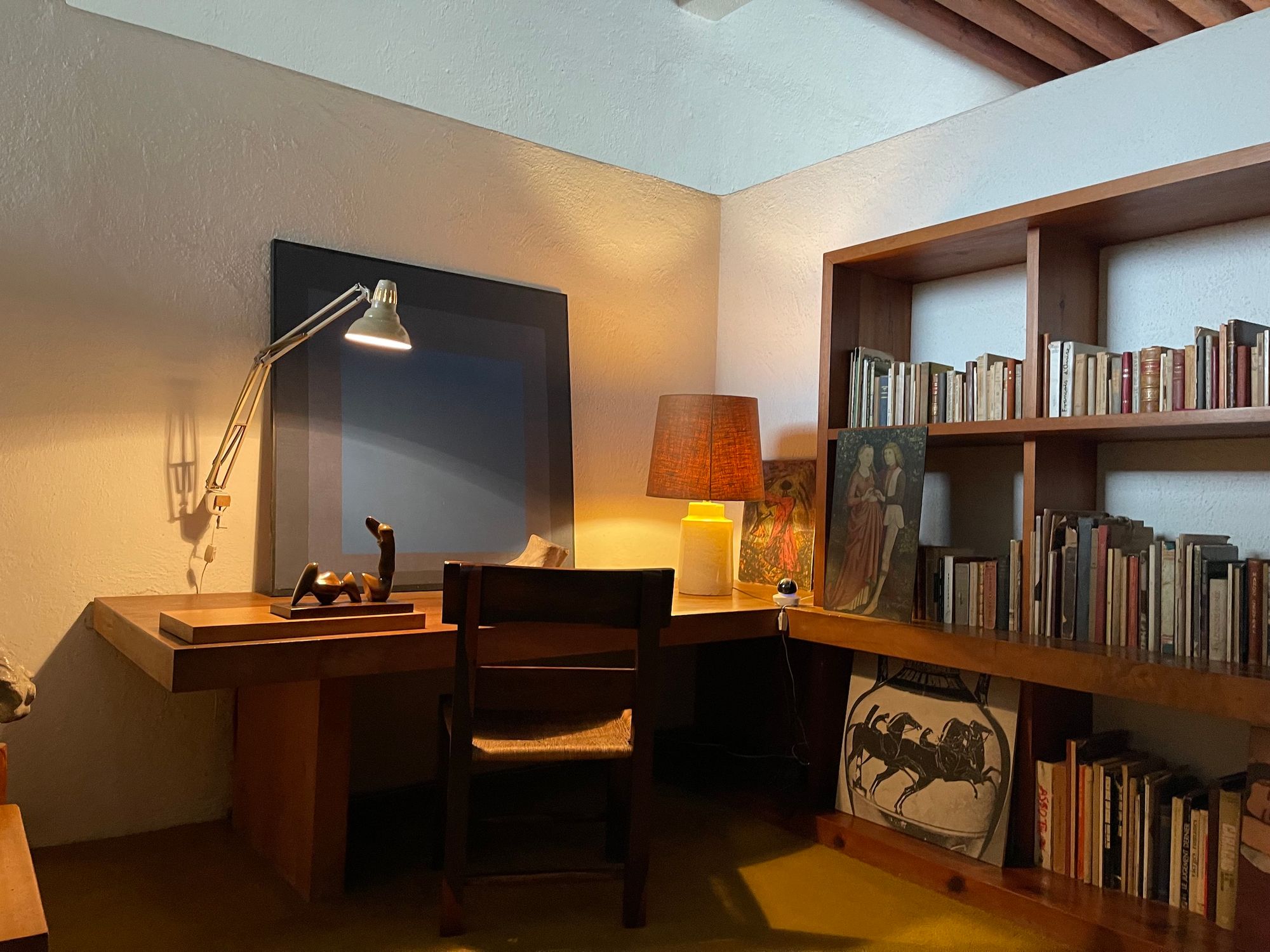
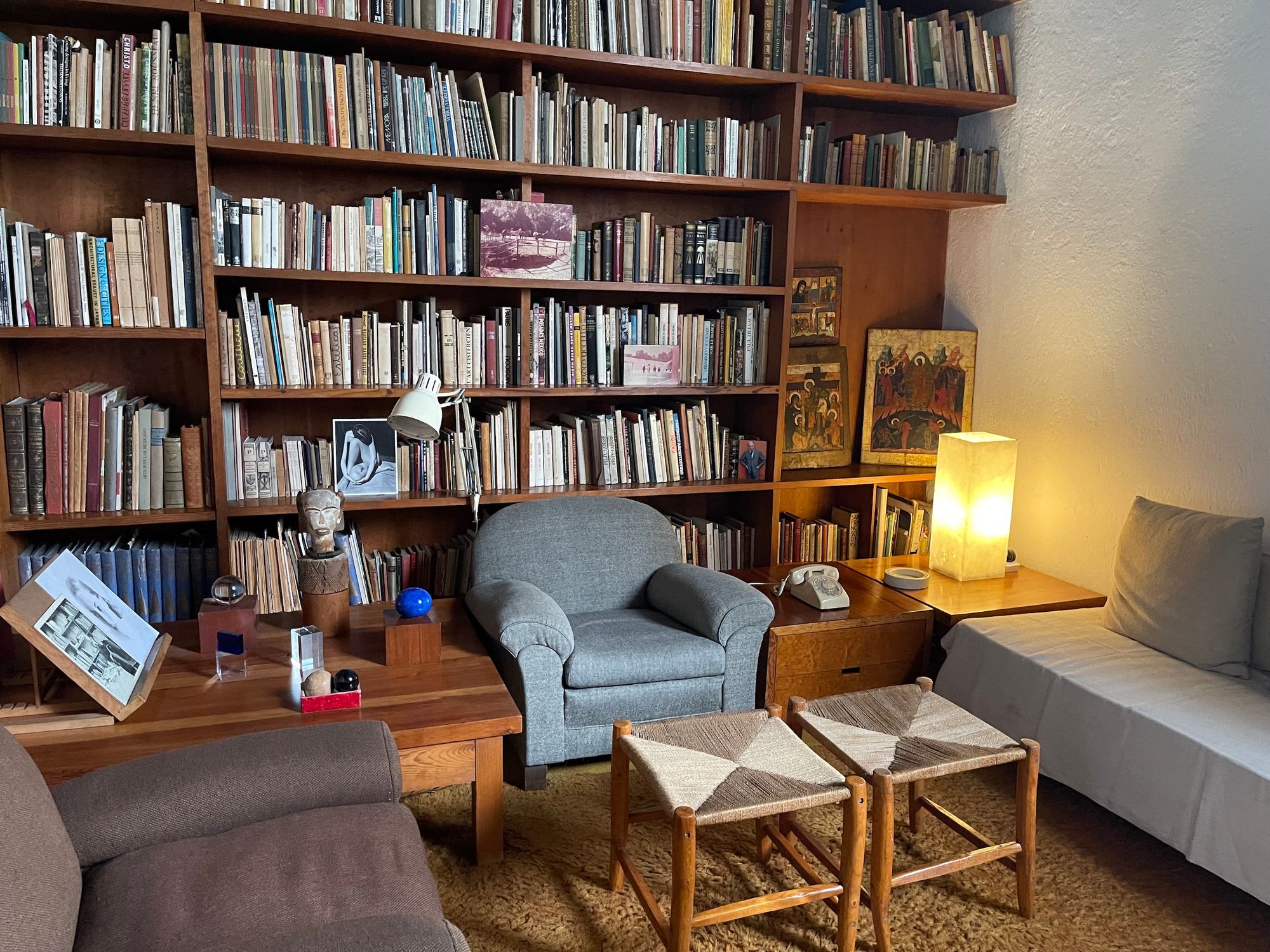
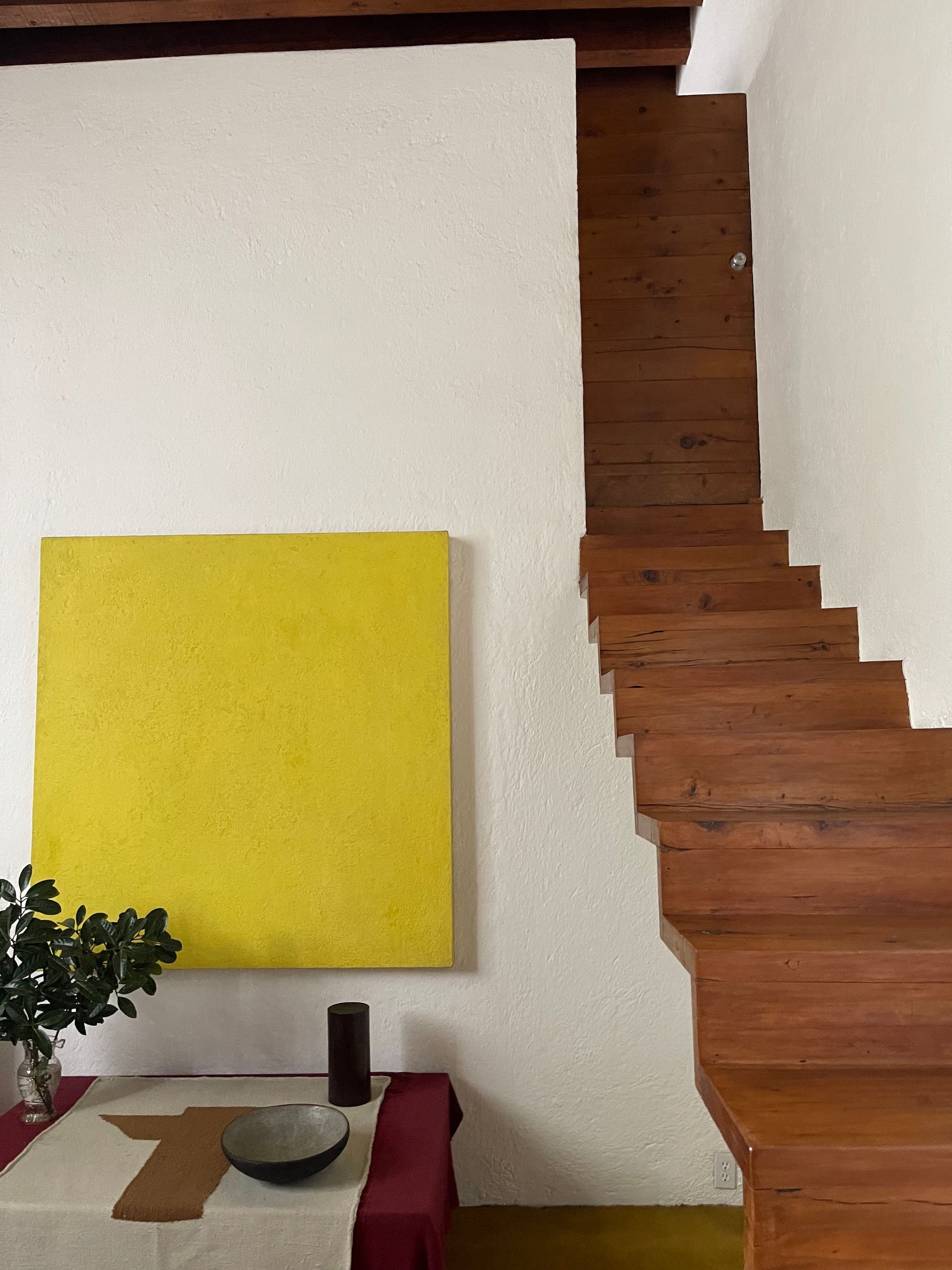
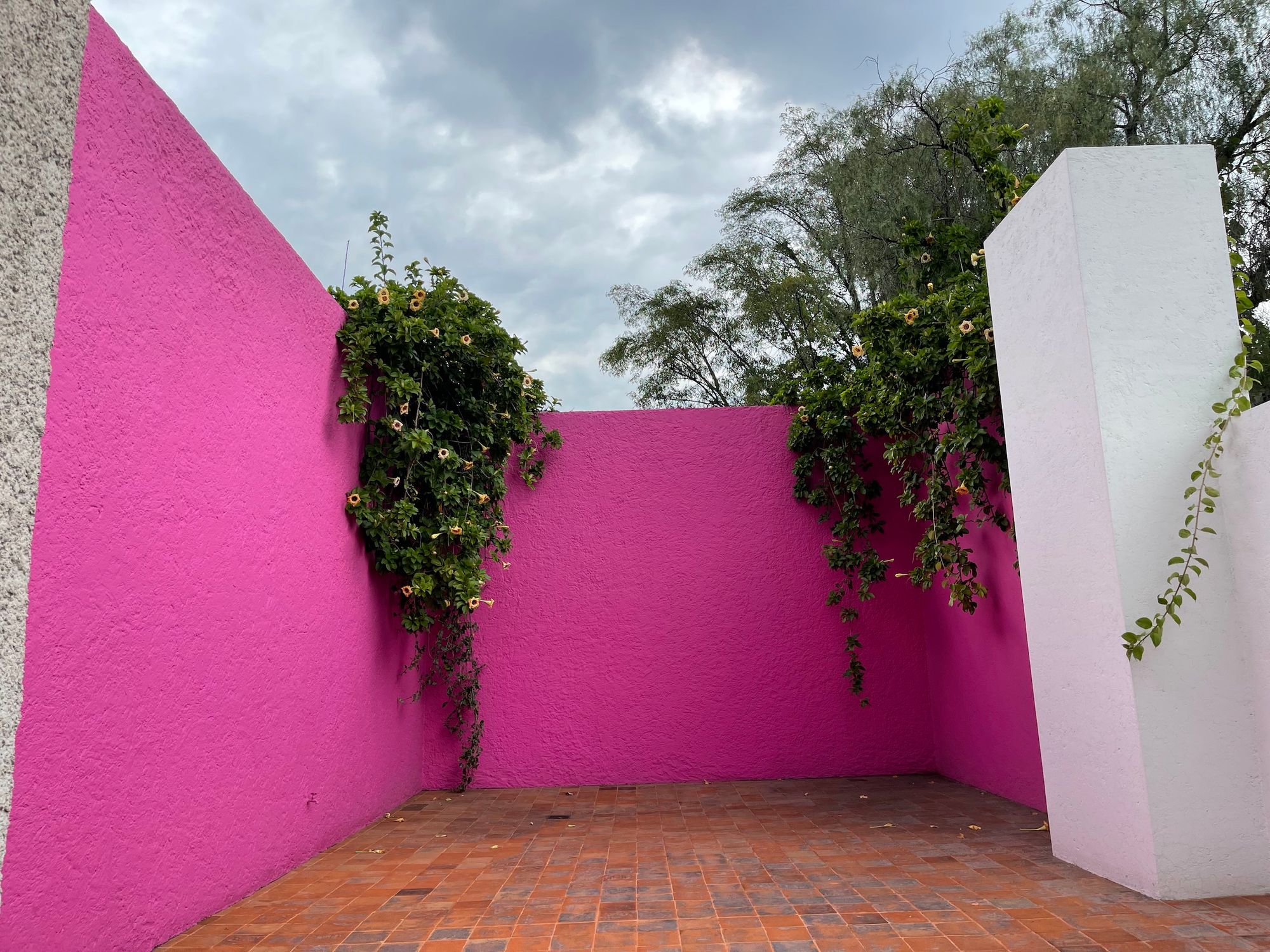
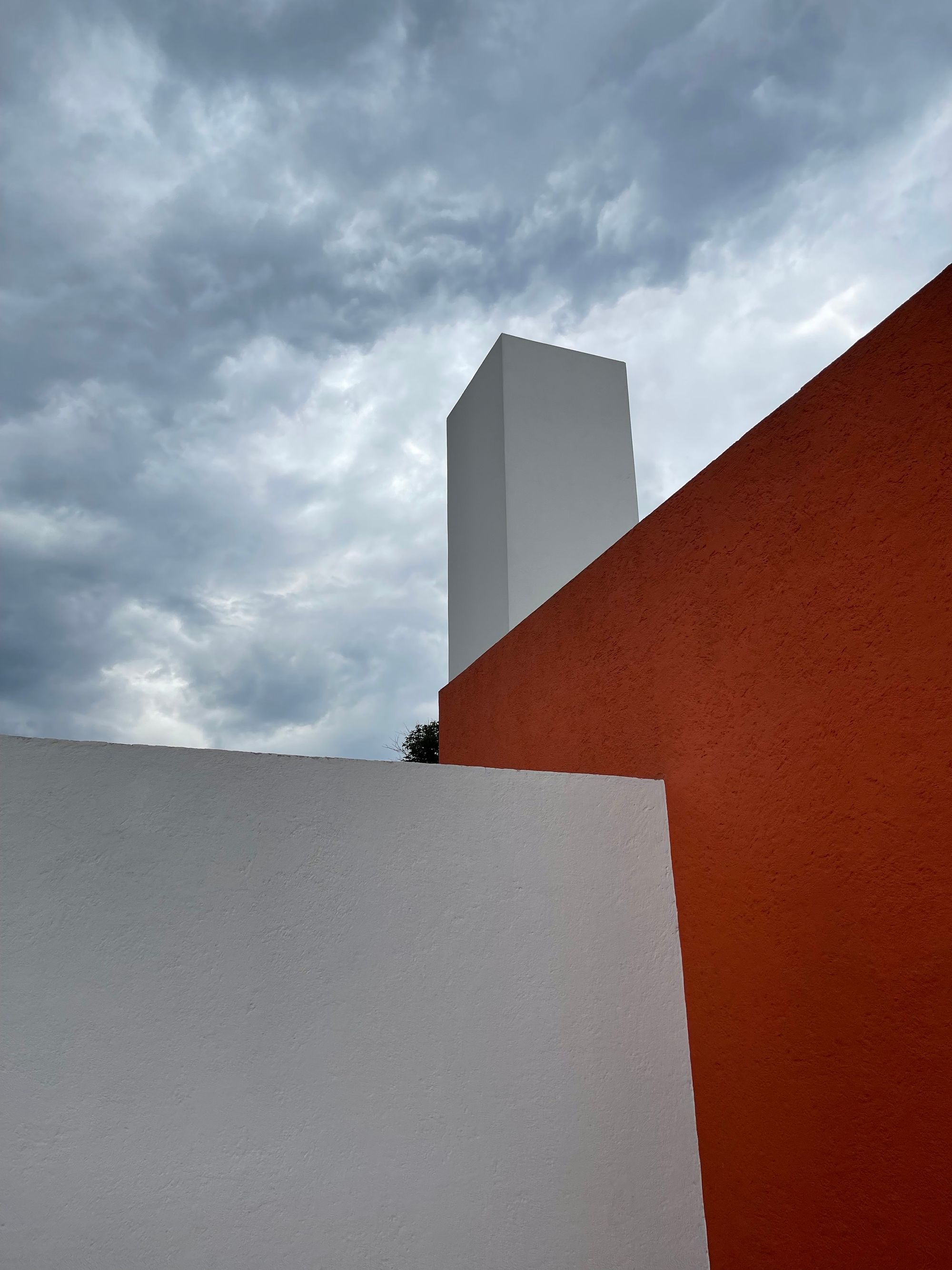
Additional Reads
- Finix releases new payment management features to save software platforms time and money by Oscar Barillas
- Shipping Fast 🚀 by Francisco Arceo
- Another Perspective on Gentrification in Mexico City by Julio Buendia
- China property crisis: why the housing market is collapsing – and the risks to the wider economy
Thanks for reading this week's Sunday Read. If you enjoyed this Sunday Read, feel free to comment below or email me your thoughts.
Saludos,
-Oscar

